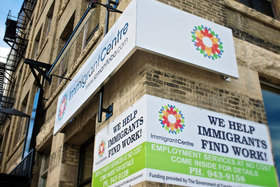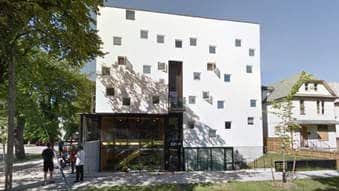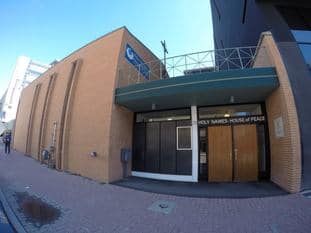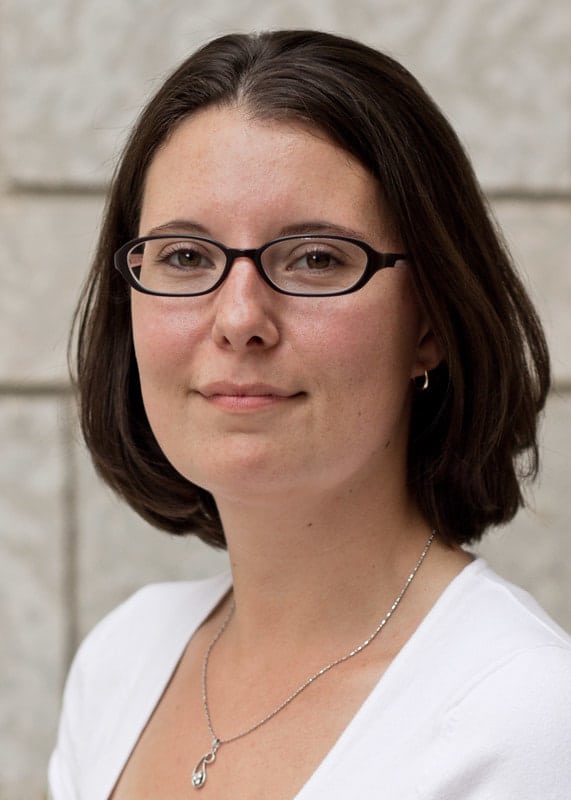Recently, the 2018 Leadership Winnipeg class had the opportunity to visit three agencies that support recent refugees and immigrants making Winnipeg a place to call home.
Jorge Fernandez, Executive Director of the Immigrant Centre, and an alumnus of Leadership Winnipeg, met with our class and shared the organization’s vision and mission. The Immigrant Centre serves all newcomers that arrive in Winnipeg, assessing their needs and creating a personalized plan to help with the settlement process. Clients receive information and services to assist with housing, banking, employment, language and nutrition. In some cases, clients access services while they are still in their country of origin through the online Pre-Arrival Centre.
Jorge is an immigrant himself and was a client of the Immigrant Centre when he arrived in Winnipeg in the late 1980s. Today, Jorge is what one of my classmates described as, “the happiest CEO in history,” and the pride and optimism he demonstrates for the Immigrant Centre was contagious. It’s clear Jorge and his growing team of staff and volunteers work tirelessly to ensure they meet the needs of newcomers.
Felicien Rubayita, Co-Manager of Settlement Services, spoke to us about the unique challenges refugees face and the ways the Welcome Place assists once they are in Winnipeg. Compared to someone who chooses to immigrate to another country, a refugee is fleeing their country of origin because they have a well-founded fear of persecution. They rarely have time to plan, learn the language of their new country, or take many belongings.
Felicien’s story reflects this desperate flight. A former medical doctor, he fled his home country of Rwanda in 2008 in the middle of the night. When he finally arrived in Canada, he discovered he was missing one document to prove his qualifications and was forced to start his education in Canada at a Grade 12 level.
Winnipeg has seen a drastic increase in the number of refugees coming to the city. As we toured the site, we could see the strain this has put on Welcome Place’s already busy building. Extra workstations were set up in hallways and the residences were full. The bedrooms were clean and functional, but basic. The Welcome Place provides each family with a care package containing kitchen items and toiletries, which is theirs to take when they move to their next home. It’s a small but meaningful gesture that helps their clients rebuild their lives in Canada.
Sister Lesley gave us a tour, stopping to point out the beautiful furnishings and decorations that surrounded us – each item thoughtfully donated by community members or former Neighbours. As Sister Lesley explained, “I don’t think any of us heal in chaos… and so I wanted for them, a home that would be beautiful.”
In addition to providing a safe home for the Neighbours, Holy Names House of Peace serves the community of Winnipeg with a variety of programs, workshops and support groups. The St. Francis chapel is open to anyone looking for quiet and warmth.
Canada has a long history of immigration and providing refuge to newcomers in need. The Immigrant Centre, Welcome Place, and Holy Names House of Peace continue that tradition and each provide crucial services to Winnipeg’s newcomers. While they have different missions and approaches, each organization believes in supporting newcomers so they can heal, thrive, contribute and, ultimately, feel at home in Winnipeg.














